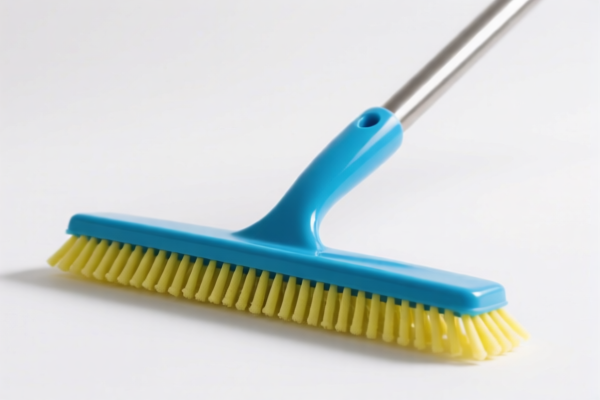| HS Code | Official Doc | Tariff Rate | Origin | Destination | Effective Date |
|---|---|---|---|---|---|
| 8205591000 | Doc | 62.2% | CN | US | 2025-05-12 |
| 8205598000 | Doc | 58.7% | CN | US | 2025-05-12 |
| 8206000000 | Doc | The rate of duty applicable to that article in the set subject t+30.0% | CN | US | 2025-05-12 |
| 8203406000 | Doc | 58.3% | CN | US | 2025-05-12 |
| 7315895000 | Doc | 83.9% | CN | US | 2025-05-12 |
| 7315900000 | Doc | 82.9% | CN | US | 2025-05-12 |
| 7326908688 | Doc | 82.9% | CN | US | 2025-05-12 |
| 7326903500 | Doc | 87.8% | CN | US | 2025-05-12 |
| 9507308000 | Doc | 67.9% | CN | US | 2025-05-12 |
| 9208900080 | Doc | 42.8% | CN | US | 2025-05-12 |
| 9506993000 | Doc | 40.6% | CN | US | 2025-05-12 |
| 9506198040 | Doc | 40.3% | CN | US | 2025-05-12 |




Lockring Removal Tool
A lockring removal tool is a specialized tool used to remove and install lockrings on bicycle freewheels, cassettes, and some single-speed cogs. Lockrings secure these components to the bicycle wheel hub, preventing them from unscrewing during operation.
Material:
These tools are typically constructed from hardened steel alloys to withstand the high torque forces involved in lockring removal and installation. Some variations incorporate aluminum or other metals for handle construction or ergonomic features.
Purpose:
The primary purpose is to safely and effectively remove and install lockrings without damaging the freewheel/cassette body, hub splines, or the lockring itself. Using inappropriate tools can lead to significant damage to expensive bicycle components.
Function:
The tool engages with the notches or flutes on the lockring. The user then applies torque, usually with a wrench or socket, to loosen and remove the lockring. Some tools are designed for specific lockring types and require a corresponding wrench size. Installation typically involves tightening the lockring to a specified torque value.
Usage Scenarios:
- Freewheel/Cassette Replacement: When replacing a worn or damaged freewheel or cassette.
- Single-Speed Conversion: During conversions to or from single-speed drivetrains.
- Maintenance & Repair: For routine inspection, cleaning, and re-installation of lockrings.
- Hub Overhaul: When disassembling a hub for cleaning, greasing, or bearing replacement.
Common Types:
- Pin-Type Tools: These tools utilize one or more hardened steel pins that engage with notches on the lockring. They are common for older freewheels and some single-speed cogs. Require a wrench to turn.
- Socket-Type Tools: These tools are socket-shaped and fit over the lockring, engaging with flutes or internal features. Typically used with a socket wrench or breaker bar.
- Chain Whip & Lockring Tool Combination: A chain whip is used to hold the cassette in place while the lockring tool removes the cassette lockring. This is the most common setup for modern cassettes.
- Specific Cassette Tools: Some modern cassettes require specific tools due to their unique lockring designs (e.g., Shimano spline lockring tools).
- Single-Speed Lockring Tools: These often have a longer engagement length and may be designed for specific cog sizes.
Based on the provided information, a lockring removal tool is a specialized tool used for the removal of lockrings, typically found in bicycle freewheels or cassettes. It falls under the category of bicycle parts and tools.
Here are the relevant HS codes based on the reference material:
- 8209.10.00: Hand tools (including fitted handles) other than those of heading 82.06; blow torches. This code encompasses a variety of hand tools, and a lockring removal tool, being a specialized hand tool for bicycle maintenance, would fall under this classification.
- 8205.90.00: Other hand tools (including fitted handles). This is a broader category for hand tools not specifically covered elsewhere, and could apply if the lockring removal tool doesn't fit precisely into the more specific 8209.10.00.
- 8209.20.00: Tools for use with screws, bolts, nuts, etc. While not a direct fit, some lockring removal tools may interact with bolts or nuts during the removal process, potentially classifying them under this code.
Regarding HS code 8209.10.00, it is important to note that this covers a wide range of hand tools. The specific composition of the tool (e.g., steel, alloy) does not change the HS code, but may be relevant for import regulations or tariffs.
It is recommended to consult with a customs broker or refer to the official customs tariff schedule for the most accurate classification.
Customer Reviews
No reviews yet.